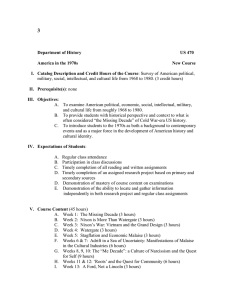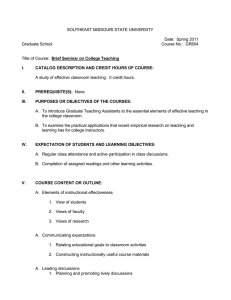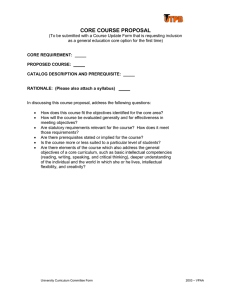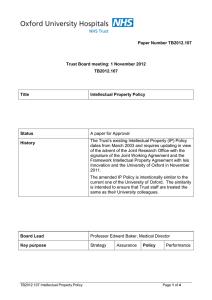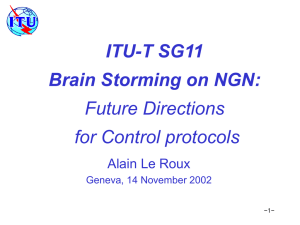US452
advertisement
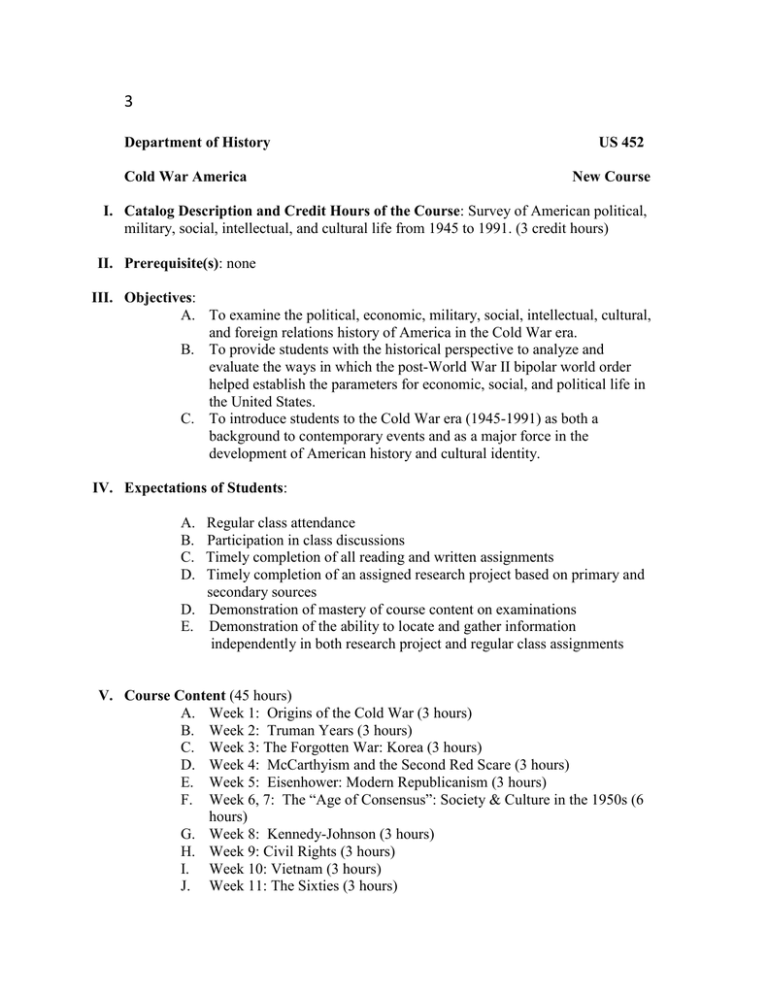
3 Department of History Cold War America US 452 New Course I. Catalog Description and Credit Hours of the Course: Survey of American political, military, social, intellectual, and cultural life from 1945 to 1991. (3 credit hours) II. Prerequisite(s): none III. Objectives: A. To examine the political, economic, military, social, intellectual, cultural, and foreign relations history of America in the Cold War era. B. To provide students with the historical perspective to analyze and evaluate the ways in which the post-World War II bipolar world order helped establish the parameters for economic, social, and political life in the United States. C. To introduce students to the Cold War era (1945-1991) as both a background to contemporary events and as a major force in the development of American history and cultural identity. IV. Expectations of Students: A. B. C. D. Regular class attendance Participation in class discussions Timely completion of all reading and written assignments Timely completion of an assigned research project based on primary and secondary sources D. Demonstration of mastery of course content on examinations E. Demonstration of the ability to locate and gather information independently in both research project and regular class assignments V. Course Content (45 hours) A. Week 1: Origins of the Cold War (3 hours) B. Week 2: Truman Years (3 hours) C. Week 3: The Forgotten War: Korea (3 hours) D. Week 4: McCarthyism and the Second Red Scare (3 hours) E. Week 5: Eisenhower: Modern Republicanism (3 hours) F. Week 6, 7: The “Age of Consensus”: Society & Culture in the 1950s (6 hours) G. Week 8: Kennedy-Johnson (3 hours) H. Week 9: Civil Rights (3 hours) I. Week 10: Vietnam (3 hours) J. Week 11: The Sixties (3 hours) K. L. M. N. Week 12: The Rise and Fall of Richard Nixon (3 hours) Week 13: The Missing Decade (3 hours) Week 14: The Big ‘80s: Ronald Reagan and Reaganomics (3 hours) Week 15: End of the Cold War (3 hours) VI. Course Texts A. William Chafe, The Unfinished Journey: America Since World War II (5th Edition, Oxford University Press, 2003) B. William Chafe, Harvard Sitkoff and Beth Bailey, A History of Our Time: Readings on Postwar America (7th Edition, Oxford University Press, 2008) C. Walter LaFeber, America, Russia, and the Cold War, 1945-2006 (10th Edition, McGraw-Hill, 2006) VII. Basis for Student Evaluation A. Paper #1 - 10% B. Paper #2 - 10% C. Paper #3 - 10% D. Mid-term Exam – 25% E. Final Exam – 25% F. Annotated Bibliography – 20% VIII. Academic Honesty: The Undergraduate Bulletin defines academic dishonesty as “…those acts which would deceive, cheat, or defraud so as to promote one’s scholastic record…”, and states that “[v]iolations of academic honesty represent a serious breach of discipline and may be considered grounds for disciplinary action, including dismissal from the university.” More information is available at the website for the Office of Student Conduct: http://www6.semo.edu/judaffairs IX. Civility and Harassment: As members of an intellectual community, we must work to treat each other respect, allowing all students, faculty and staff to operate in a climate of mutual respect. More information is available at the website for the Office of Student Conduct: http://www6.semo.edu/judaffairs X. Disabilities: Diversity in all its forms merits the respect of the faculty, as well as reasonable accommodations to enhance the learning of students with disabilities. It is the responsibility of the student to inform the faculty, as well as to work through the office of Learning Assistance and Disability Support Services. There is more information on their website: http://www.semo.edu/cs/services/lec.htm
